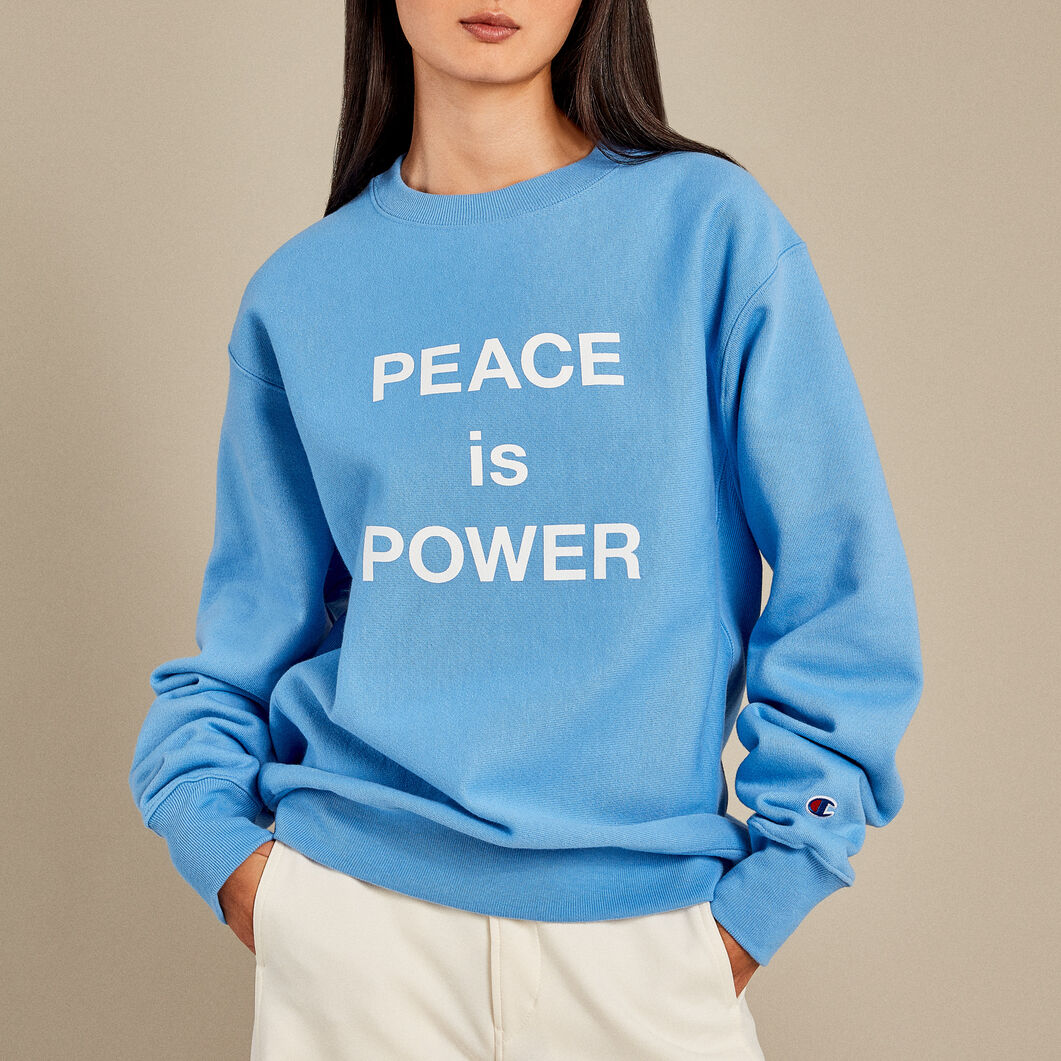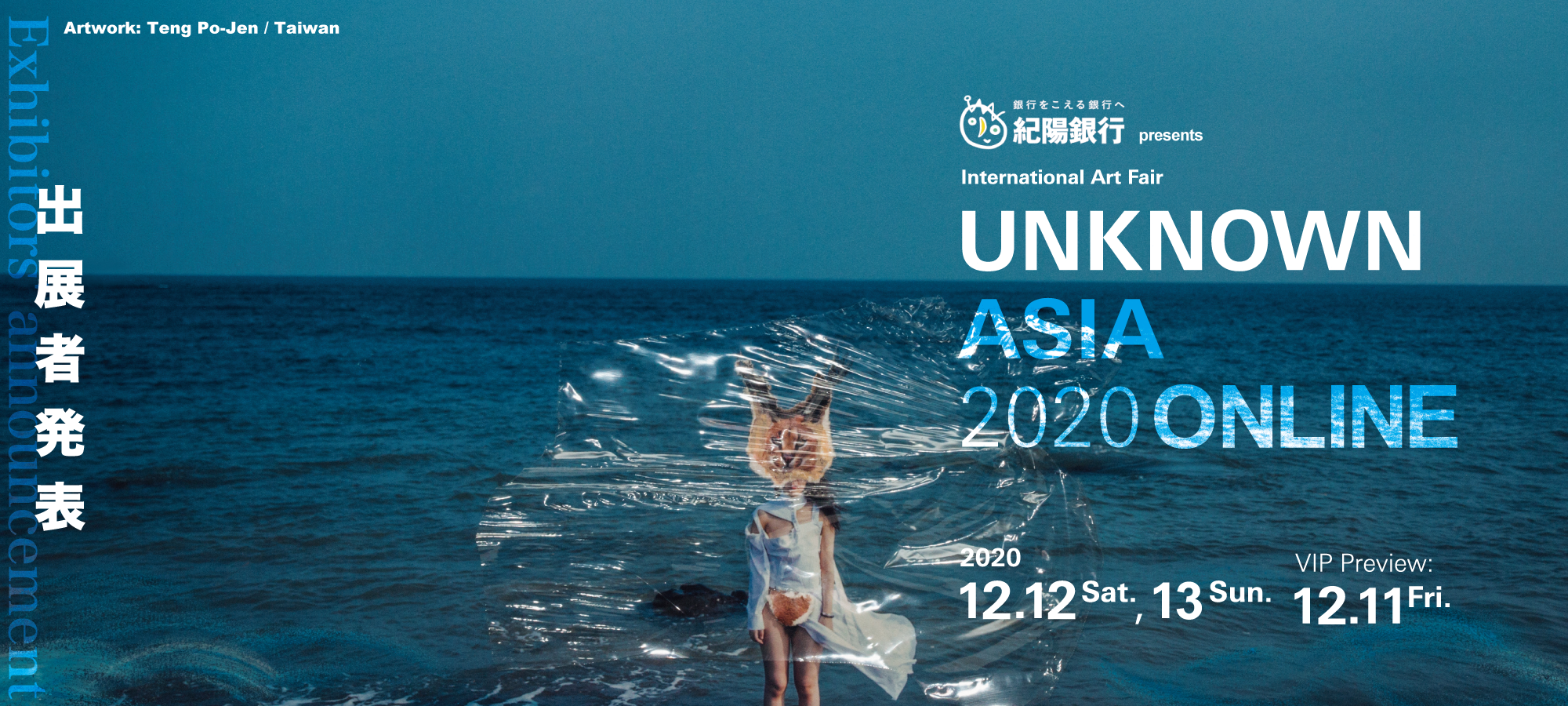DSOS1
THINGSText: Joerg Radehaus
What exactly are these four programs called DS-tools?
Rob: The DS Electronic Workmates (EWM) are emulations of analogue design synthesizers. They are all based on the look and functionality of the ‘Modulated Esoteric Etype Kreator’ (MEEK), an infamous typographical synth. By manipulating arrays of dials and switches the user can use the EWM to create typefaces, cd covers, wallpapers and flyers.

Left: Machines should not always be designed to meet human needs. Sometimes its more fun to fabricate a modular desire, rather than simply satisfying it. Software is exciting when ti reveals possibilitites which were unforessen by its programmers, and when users transform themselves as well as their work through its use.
Right: To ensure a 100% DSOS1 feeling, a range of enviromental assistants in the form of wallpapers and screensavers were developed. Some of the products presented on the following catalouge pages are to be found on the CD-Rom, the others can be downloaded at your leisure from the DSOS1 online library.
How did you get the idea of doing a media connecting thing?
Stefan: The basic idea is not a new one. As the title suggests, the theme is an operating system. In comparison to the many well-known and boring Book-CD crossovers and Browser-Print compilations, the OS-manual model provided us with a template for a genuinely useful supplement to a digital product. In DSOS1 the creative possibilities of the print and online media compliment and extend each other. The relationship is analogous to that between a piece of application software and its instruction handbook.
While the reader uses the DSOS1 online emulation, they are transforming the printed manual. Every DSOS1 mousepad cover experiences a unique process of change – the reader writes a little history in scratches and trails of dirt.
The development from DS to DSOS1 is simple and homogenous. It’s a logical step from web to print and back again.
Are you content with the outcome or did you expect other things?
Rob: I am content. I expect the spasms of embarassment will kick-in later.
Stefan: To be honest, I can’t stand anything once I’ve finished it. With DSOS1 it’s no different. Given the chance, I would do everything completly different. I guess this is normal. During the process of a project one always develops fresh ideas, which, in turn, make completely new solutions possible. This is probably the reason why I’m always starting new projects.
Does the world need a book that acts as an entrance to a website?
Stefan: ABSOLUTELY – When it comes with a mouspad-cover!
Rob: It is common practice to deliver documents with electronic products. It’s a predictable marriage of the material and immaterial. The manual should be the warm, tactile and predictably stable counterpart to the cold and fragile online creation. On a practical level we can extend and amend the book at will using the website. The delivery of the DS Booter access tool with the book is also a convenient way to guarantee exclusive access to our readers.
How many of you made the book and who are they?
Rob: The original idea for the project, and the overall design for print and web is from Stefan. Concept and text is from all three of us. There was a rough division of responsibility for the three main chapters in the book: I was responsible for the EWMs (Electronic Workmates), Stefan for the EPMs (Electronic Playmates) and Birte for the EDMs (Electronic Decomates), But there was also a lot of cross-fertilisation. Apart from the three of us in the core team, we had help from three programmers in making the website. These were Michael Kuphal who programmed many of the EPM font games as well as the start page; Christoph Schuster who did the cgi programming, server administration and most of the DS Booter programming; and Mike Kelly who programmed an EPM.

Left: Despite its apparent formal reference to the 70s, DS Bees possesses its own autonomous and contemporary character. More than anything, it is the well-balanced curves which lend it its selfassured demeanour. The complimentary 3D-typeface DS BSWax excites with its diverse, little recesses and corners, and is reminiscent of sticky bees-wax
Right: DS Ticket was originally developed for the DD Boarding Pass. These passes can be filled out quickly using a laser printer. The peculiar shapes of this font are intended to produce an effect similar to that of “needle” printing. DS Ticket works particularly well at small point sizes. Its available at DSOS1.com for the first time as a free download.
Read more ...








